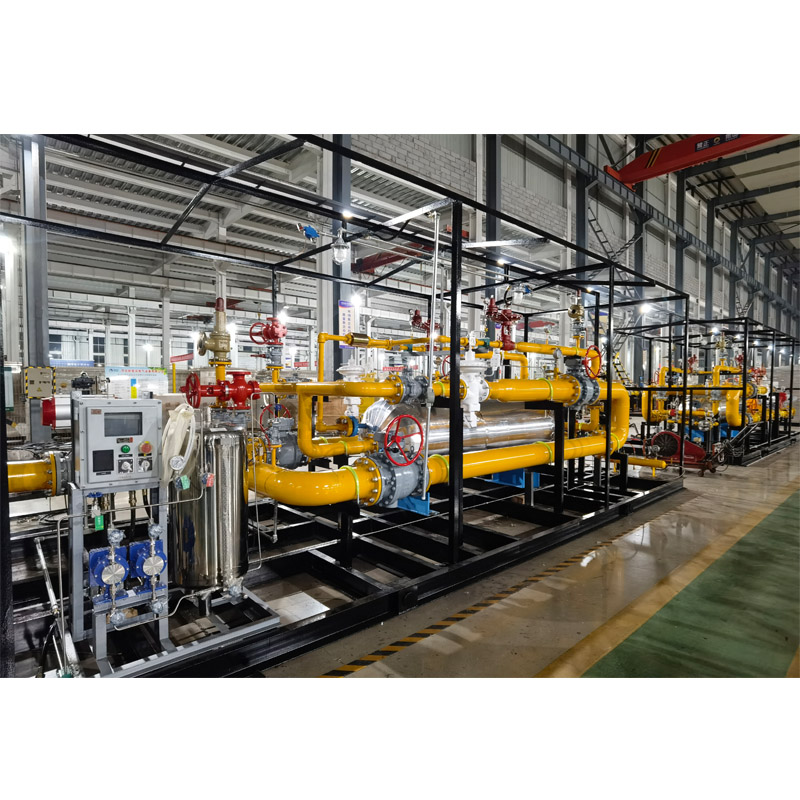
10 月 . 11, 2024 02:44
Back to list
Pressure Relief Valve Techniques for Enhanced Safety and Performance Optimization
Pressure Relief Valves A Crucial Component in Industrial Safety
Pressure relief valves (PRVs) are essential safety devices used in various industries to prevent excessive pressure from building up within systems. They serve as a last line of defense against potential failures that can lead to catastrophic accidents, including explosions and equipment damage. This article explores the significance of pressure relief valves, their types, applications, and maintenance considerations.
Understanding Pressure Relief Valves
A pressure relief valve is designed to open at a predetermined pressure to allow the excess pressure to escape, thereby protecting piping, equipment, and containers from overpressure. They operate on the principle of balancing the force of a spring against the pressure of the fluid within the system. When the pressure exceeds the set limit, the valve opens, allowing the fluid to flow out until the pressure drops to a safe level.
Types of Pressure Relief Valves
Pressure relief valves come in various types, each suited for specific applications
1. Spring-Loaded Valves These are the most common type. The valve opens when the pressure exceeds the spring’s tension and closes upon returning to a safe pressure.
2. Pilot-Operated Valves These are typically used in larger systems. A small pilot valve controls the larger main valve, providing more precise pressure regulation.
3. Balanced Bellows Valves Designed to mitigate the effects of back pressure, these valves are ideal for applications involving fluctuating pressures.
.
Each type of valve has its unique advantages and is selected based on the pressure range, fluid characteristics, and application requirements.
صمامات تخفيف الضغط

Applications of Pressure Relief Valves
Pressure relief valves are widely utilized across multiple industries, including
- Oil and Gas In drilling and production operations, PRVs prevent excessive pressure from damaging equipment or causing blowouts. - Chemical Processing In facilities that handle volatile chemicals, PRVs ensure safe operations by mitigating pressure spikes. - Manufacturing Boilers and steam systems commonly employ PRVs to control steam pressure and prevent boiler explosions. - Water Treatment Water pressure in treatment plants must be regulated to avoid pipe bursts, which PRVs help manage effectively.
The versatility of pressure relief valves makes them indispensable for maintaining safety and operational efficiency in various applications.
Maintenance and Inspection of Pressure Relief Valves
Regular maintenance and inspection of pressure relief valves are critical to their proper functioning. It is essential to follow the manufacturer's guidelines for maintenance schedules, as neglect can lead to valve failure during critical situations.
1. Routine Testing Valves should be tested periodically to ensure they open at the correct pressure. This can be done through hydrostatic testing or by using a calibrator.
2. Visual Inspections Regular visual inspections can help identify signs of wear, corrosion, or blockages that might hinder the valve's operation.
3. Documentation Maintaining records of inspections, maintenance activities, and replacements is vital for compliance with safety regulations and standards.
Conclusion
Pressure relief valves are a fundamental aspect of industrial safety, protecting equipment and personnel from the risks associated with overpressure conditions. By understanding their types, applications, and maintenance requirements, industries can better safeguard their operations and ensure compliance with safety standards. As technology advances, the design and functionality of PRVs will continue to evolve, making them even more reliable and efficient in the face of growing industrial challenges.
Next:
Latest news
-
Unlocking The Quality Gas Pressure ReducersNewsNov.01,2024
-
The Role of Gas Pressure Reducing StationsNewsNov.01,2024
-
The Importance and Functionality of Safety Relief ValvesNewsNov.01,2024
-
The Essential Role of Safety Valves in Natural Gas ApplicationsNewsNov.01,2024
-
The Essential Role of Gas Pressure RegulatorsNewsNov.01,2024
-
Enhance Your Premium Gas FiltersNewsNov.01,2024

